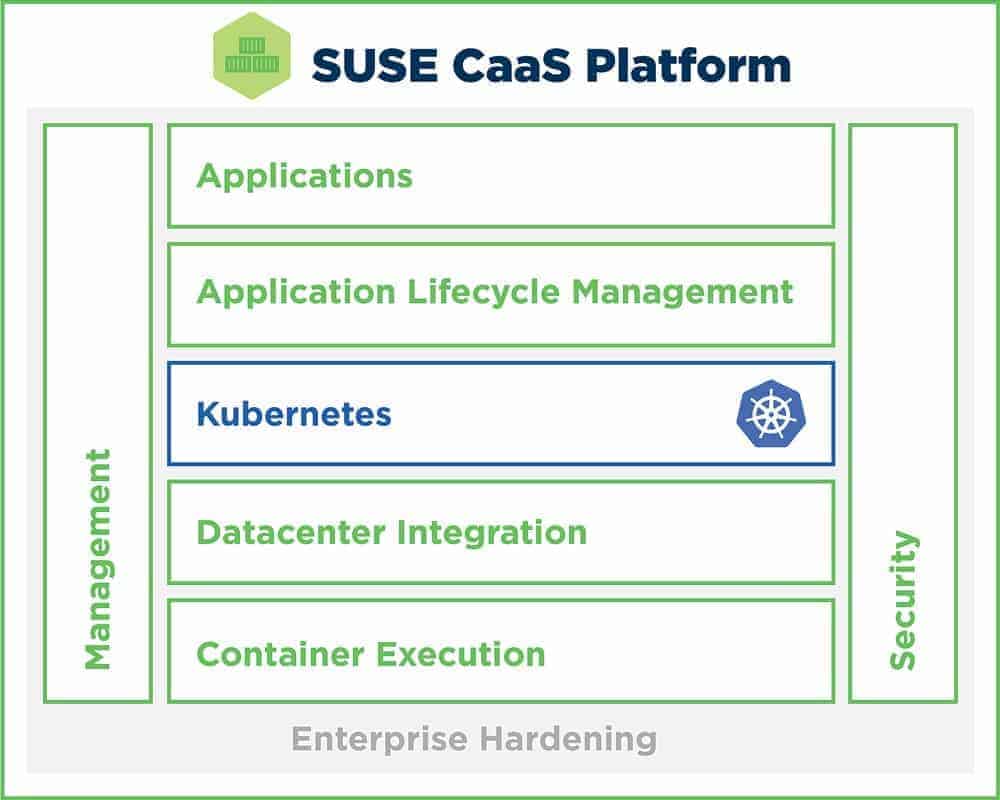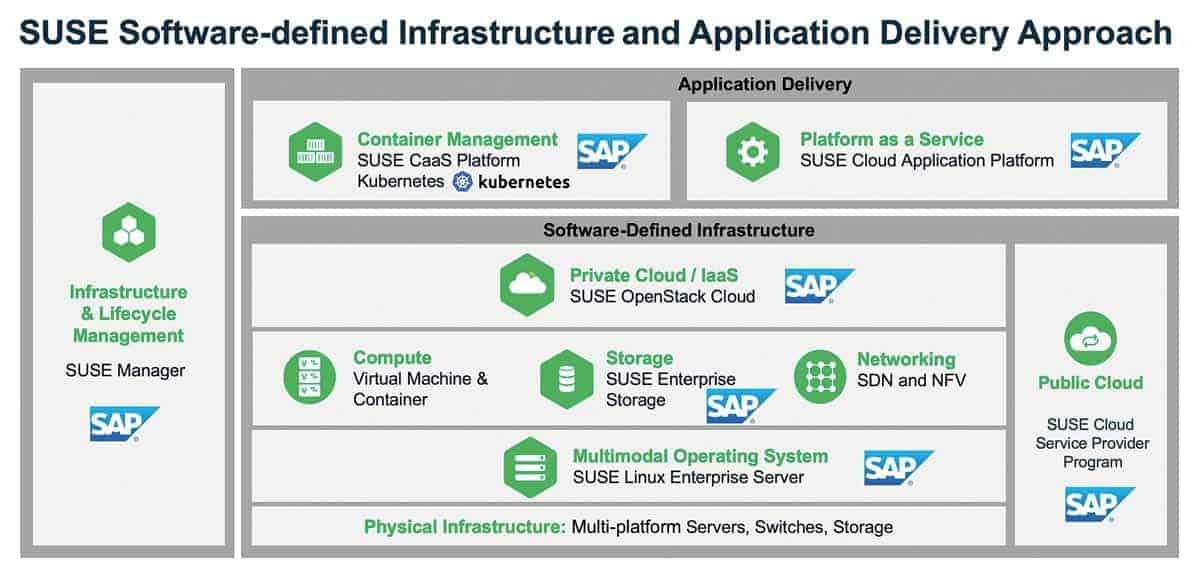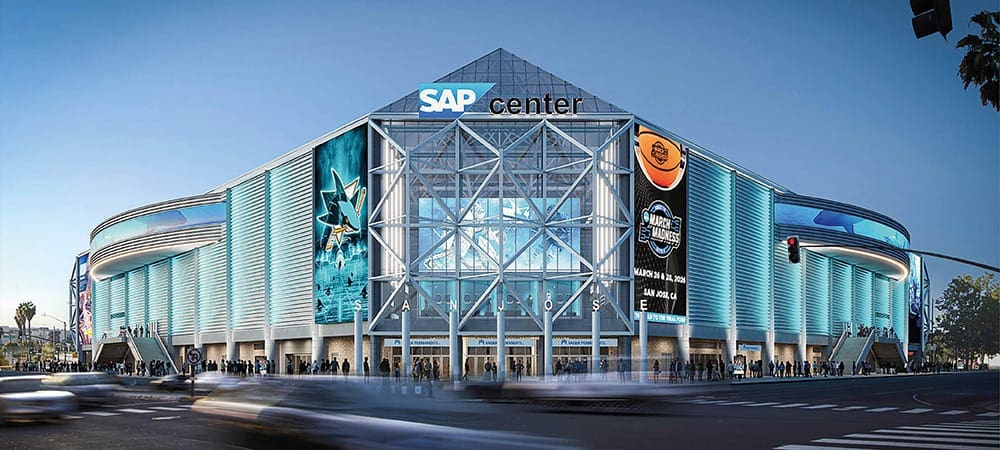Containerization as a Powerful Value Generator


Ever more SAP customers around the globe leverage the solution SAP Data Hub and discover value and advantages that were previously unheard of. One of them is Lockheed Martin Space, a division of Lockheed Martin. Lockheed Martin is an American global aerospace, defense, security and advanced technologies company. Having a comprehensive orchestration and analytics function, SAP Data Hub takes care of automatedly categorizing and analyzing high volumes of photographs of the sun taken at short intervals. This saves massive amounts of time and money.
One other SAP customer leveraging SAP Data Hub is early innovator Kaeser Kompressoren, one of the world’s leading manufacturers and providers of compressed air products and services with headquarters in Coburg (Germany). Using SAP Data Hub, Kaeser is able to collect, evaluate and analyze a massive amount of compressor operation data (including IoT data). This is done to not only optimize service cycles or predictive maintenance, but also to put operative data into context for various reasons, for example to connect it with customer data, supply chain management information or machine data. Companies from various industries, even in banking, benefit from the flexibility, agility and nearly endless possibilities as well as advantages of SAP Data Hub. SAP Data Hub acts as a powerful value generator for business.
In a nutshell, SAP Data Hub has many talents. It not only takes care of integration, orchestration, and canalization, but also data management to enable companies to use information from countless IT systems and corporate sources to their advantage. This works with internal as well as external sources. At the same time, the SAP solution is so much more than a simple software tool for integration. This description wouldn’t do justice to SAP Data Hub’s power, performance and varied possibilities.
This is because customers can also use SAP Data Hub to create applications that focus on one thing: elevating a possibly existing data potential even in widespread organizations, notwithstanding of where data and information is located. This is especially useful for big data use cases and/or microservices. Being a SAP solution, the main focus are system landscapes with SAP applications, but it also works exceptionally well with non-SAP applications and sources like Hadoop.
System solution with SAP Data Hub on SUSE
From an architectural perspective, SAP Data Hub is a combined system solution in which the SAP HANA platform and SAP Vora take center stage next to integration features and a runtime component as infrastructure element. SAP Data Hub is currently available as version 2.6. Version 2.7 will be available soon.
In this context, SAP is counting on open source technology as infrastructure. This open source technology is the SUSE CaaS Platform, which leverages container management technology Kubernetes. SUSE CaaS Platform was the first container solution for SAP Data Hub;. SUSE CaaS Platform first and foremost ensures flexible, simple and automated possibilities for delivering microservices using container technology and Kubernetes. The aforementioned SAP customers Lockheed Martin Space and Kaeser Kompressoren count on SUSE solutions together with SAP Data Hub.
In general, microservices mean small applications or short queries—aka ad hoc queries—concerning big data subjects and business questions. The answers often imply notably high business value generation.
A few examples would be: are there any service use cases in recent corporate history with a specific type of problem? Which supplier delivers on time and also has a good overall reputation across the most popular social media platforms? The queries can also pertain to information in IT systems concerning which type of component was used in which products, how many reclamations there were in total, and which solutions and alternatives can be derived from these exemplary cases.
By the way, this is also the way search engines work. For example, every Google search creates a microservice that is then processed and ultimately deleted—using the container technology Kubernetes.

Kubernetes and software-defined data center
Especially Kubernetes is able to support container apps in cluster environments (physical and virtual machines) to the advantages of users. Additionally, Kubernetes is typically the first choice for efficiently creating container-centric infrastructures (in contrast to the more rigid host-centric approach).
Creating a container-centric infrastructure also calls upon SUSE Linux Enterprise Server (SLES) as container host OS in a specialized version (SLES Micro OS). Customers can benefit from a smaller footprint and optimal use of resources. SLES Micro OS is part of SUSE CaaS Platform and can therefore also be used with SAP Data Hub. Incidentally, SUSE is a certified Kubernetes Service Provider, and the SUSE CaaS Platform is certified for SAP solutions by the ERP company from Walldorf (Germany).
Here are some more specifications and details about SUSE CaaS Platform: The solution is based on open source and is designed for application development and hosting of container-based applications and services. It is a building block of SUSE’s software-defined infrastructure (SDI) portfolio which offers next-generation business applications based on open source technologies. Its aim is to help IT departments, developers and DevOps teams to provide, manage and scale container applications to reach business goals faster and more efficiently.
This software-defined infrastructure approach, which supports containerization and applications, enables companies to advance; especially companies who have made business agility their top priority can benefit from it. They can choose one of two approaches: either direct containerization of applications or using a microservices architecture. SUSE CaaS Platform enforces agility and reduces operational costs at the same time. SUSE CaaS Platform as container infrastructure solution is easy to manage and enables the development as well as the implementation of container applications and services for next-generation applications and furthermore cloud-native applications. However, businesses can also transfer traditional or existing apps to the new world if necessary.
Three key components of the SUSE CaaS Platform
There are three keys components of SUSE CaaS Platform: orchestration with Kubernetes, an operating system and containers specifically developed for the platform (SUSE Linux Enterprise Server Micro OS), and vast configuration possibilities. These components ultimately mean real economic and business value and advantages—also in combination with SAP Data Hub.
One of these advantages is a faster time to market. SUSE CaaS Platform is based on out-of-the-box principles, which allows companies to use orchestration tool Kubernetes for implementations without deep know-how or expertise. This means that high-performance container services are available for business use quicker. Furthermore, companies are able to ensure higher portability, which they can create in a highly secure IT environment.

Another advantage of SUSE CaaS Platform is increased efficiency due to automation. This automation is achieved by leveraging an integrated container tool package which ensures the automation of deployment management tasks and sustainably supports container application lifecycles. Various other CaaSP features complete the solution perfectly, such as on-premise registry management, container images creation, correction of container images, and the use of secure and trustworthy images by SUSE Registry.
Furthermore, SUSE CaaS Platform also provides comprehensive DevOps support, which means yet another business advantage. Application lifecycle management depends on developers and operational teams to closely work together in a uniform container platform, after all. Only then can development and operation times be minimized. Consequently, microservices implementations will be simplified, and a beneficial coexistence of configuration and code is established.
Of course, SUSE is consistently further optimizing its CaaS platform solution. The current version, Version 3, is already in use in many companies and with SUSE partners. Version 4 already exists as beta version with numerous new features or further developments. Once it is generally available, it will also be provided in combination with SAP Data Hub.
Naturally, SAP and SUSE worked closely together for the availability and integration of CaaSP in SAP Data Hub; just as they have done on numerous occasions in the past, like with SAP HANA or SAP S/4HANA use cases (and S/4 Cloud) with SUSE Linux Enterprise Server (SLES) for SAP Applications, or with SUSE Openstack in combination with SAP solutions. The software company itself even leverages SLES for SAP Applications and SUSE Openstack (for Infrastructure as a Service, IaaS) in its corporate IT landscape, like with HANA Enterprise Cloud (HEC) by SAP.
Tendency at SAP goes in the direction of Kubernetes
Both SAP and SUSE have been interested in the concept of software-defined infrastructure for a long time now. SUSE now offers various solutions with functionalities for SAP or specific features for SAP operation. Moreover, SUSE is collaborating with SAP to enhance and further develop these solutions. This includes Cloud Foundry containerization as well as combining OpenStack and Cloud Foundry. Cloud Foundry is a Platform as a Service (PaaS) solution based on open source.
Another example would include an open source project called Gardener. Its main focus is Kubernetes, making it a perfect fit for SAP Data Hub. SAP itself has released Gardener as open source. This shows that SAP increasingly focuses on Kubernetes, mainly the implementation, operation and orchestration of Kubernetes clusters, for example in combination with Software as a Service (SaaS). SUSE is planning to consider Gardener in future versions of SUSE CaaS Platform as well.
Trusted Advisor in the SAP Community
For over 20 years, SUSE and SAP have worked closely and successfully together in a world-class partnership. Today, SUSE is the preferred solution provider and partner in the SAP community for several thousand companies around the globe and in virtually all industries that use SAP technologies and solutions.
What's more, SUSE is considered a trusted advisor and "safe bet" when it comes to SAP deployment. More than 90 percent of all HANA installations use SUSE Linux Enterprise Server (SLES) for SAP Applications-partly because only SUSE provides numerous SAP HANA-specific features. Of course, this includes all HANA-based SAP solutions: S/4HANA, BW/4HANA, C/4HANA or SAP Data Hub. In addition to SLES for SAP Applications, SUSE provides the CaaS Platform (container management/including Kubernetes implementation from SUSE), SUSE Openstack (for IaaS orchestration), SUSE Enterprise Storage (Ceph) as storage or SUSE Manager (for enterprise system management) to increase the degree of automation in Linux operations.
The trusted advisor position in the global SAP community is also underpinned by the following fact: At the annual SAP Innovation Awards, formerly known as the SAP HANA Innovation Award, companies are honored for using SAP platform technologies in an outstanding way to realize business transformation in an innovative manner and with a special digitalization implementation. This takes place each time as part of the SAP customer event Sapphire. This year in May, SUSE was also able to shine. The clear majority of all SAP Innovation Award winners and participants use solutions from open source innovator SUSE.








